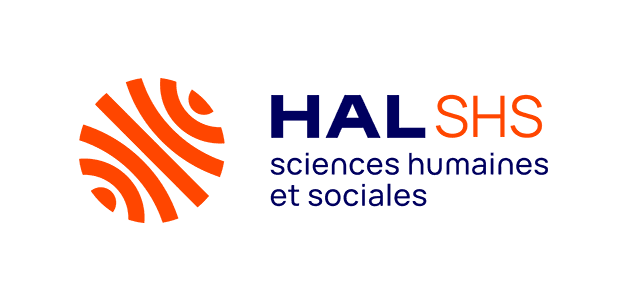Multisensor platform for speech physiology research in a phonetics laboratory
Résumé
The long-term goal of LPP is to achieve an integrated model of phonetics and phonology. It also works on applications to clinical phonetics and language learning. LPP has recently assembled a research platform for investigating the behavior of each speech organ involved in speech production. The platform is elaborated by a joint effort between engineers, phoneticians and clinicians. It provides tools to investigate various phenomena of coordination and compensation across speech organs that are observed in the production of speech by normal or pathological speakers, foreign language learners, and singers. The paper described the instrumentation techniques, both conventional and new, that are currently used at our laboratory for investigating the behavior of the speech organs involved in speech production. The examples that were provided highlight the innovative value of the multisensory platform for phonetic studies. The first example combined fi berscopic and aerodynamic data for the study of nasality; the second combined photoglottography, pneumotachography and intraoral pressure measurements for the study of glottal articulation. Both illustrate the benefit of using several exploratory techniques in parallel, suggesting that data based on a single technique can be misleading. Research issues in phonetics and phonology include patterns of synchronic variation and evolutionary paths (in particular prosodic influences over the realization of segments) and typological patterns of phoneme distributions and phonotactic constraints (in particular recurrent asymmetries within sound systems). Progress in analyses and models requires the study of physiological, articulatory, acoustic, aerodynamic and perceptual parameters.
Domaines
Linguistique| Origine | Fichiers produits par l'(les) auteur(s) |
|---|
Loading...
